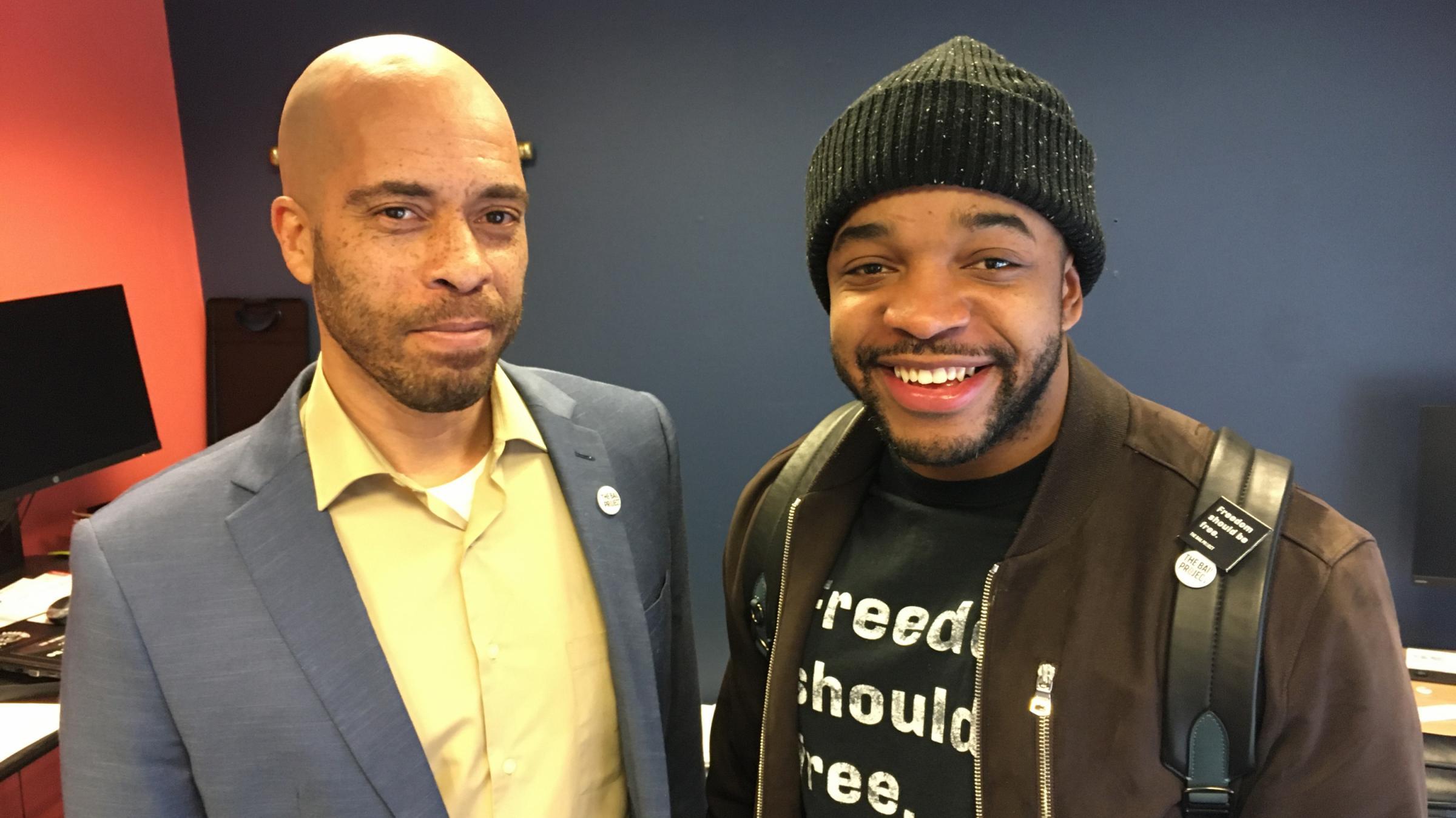

Despite this evidence, the district court ordered that Defendant be held in jail unless he posted a $250,000 cash or surety bond, based solely on the nature and seriousness of the charged offense. After its review, the Supreme Court found that defendant presented the district court with uncontroverted evidence demonstrating that nonmonetary conditions of pretrial release were sufficient to reasonably assure that Defendant was not likely to pose a flight or safety risk. After the district court denied Defendant’s second motion to amend the conditions of release, Defendant appealed to the Court of Appeals by filing a motion under Rule 12-204 NMRA. At a hearing on the second motion, defense counsel reiterated the information presented at the first hearing five months earlier and argued that Defendant’s unique personal history made him likely to comply with conditions of release and unlikely to commit additional crimes while released. After several more months of pretrial confinement, Defendant filed a second motion, again seeking release under the supervision of the pretrial services program with appropriate nonmonetary release conditions. Based on the evidence presented at the motion hearing, the district court found that the pretrial services program could fashion appropriate conditions of release for Defendant and that Defendant could live with his father and return to his former job if released. The district court subsequently filed a written order setting forth detailed factual findings.

After hearing from Defendant and the State, the district court orally denied Defendant’s motion for release on nonmonetary conditions on the ground that Defendant’s charge of first-degree felony murder carried a possible life sentence that would require at least thirty years of imprisonment.
Manhattan bail project findings trial#
After spending more than two years in pretrial custody awaiting trial because he lacked the financial resources to post such a bond, Defendant moved the district court to review his conditions of release and to release him under the supervision of the Second Judicial District Court’s pretrial services program with appropriate nonmonetary conditions of release. The district court imposed a $250,000 cash or surety bond at Defendant’s arraignment. Federal Sentencing Reporter University of California Press Defendant Walter Brown was arrested in 2011, and indicted two weeks later on an array of charges, including first-degree felony murder and, alternatively, second-degree murder.

If the experiment validated the premise that defendants with verifiable community ties could be released on their own recognizance far more often than anyone suggested, then pressure for widespread adoption of the idea would be hard to resist. What was needed was a carefully designed project that would open the way for adoption of new procedures that would circumvent the bail bond industry, develop information about defendants enabling the courts to grant release to good risks, and, most of all, begin providing the indigent accused with the fairness that the American system of rights and liberties promised. In 1961, Vera's investigators set out to learn everything possible about bail practices and about other studies that had been undertaken on this subject. This article is excerpted from Programs in Criminal Justice Reform, Vera Institute of Justice: Ten-Year Report 1961–1971, published by the Vera Institute of Justice in 1972. Fair Treatment for the Indigent: The Manhattan Bail Project Fair Treatment for the Indigent: The Manhattan Bail Project


 0 kommentar(er)
0 kommentar(er)
